Strong bones are usually thought of in the context of osteoporosis, the pathological thinning of bones in old age. Osteoporosis can be fatal, since it leads to hip fractures, a large fraction of which lead to death within a year. New evidence is coming to light that bones are an endocrine organ that secretes hormones that are vital for health, and that strong bones improve brain function and slow aging.
Bone osteocalcin affects brain function
Bones secrete a hormone called osteocalcin, which helps to build bone by stimulating osteoblasts, the cells that build bone. Remarkably, osteocalcin also regulates metabolism and increases insulin sensitivity. Mice that lack osteocalcin are insulin resistant and glucose intolerant. In humans, increased bone mineral density leads to higher osteocalcin and lower insulin.
Even more remarkably, osteocalcin is both necessary and sufficient to restore or maintain exercise capacity in mice. Mere injections of osteocalcin increased exercise capacity in young mice and restored it in old mice, giving the old mice the same exercise capacity as the young. Wow.
I see a future for osteocalcin in anti-aging. More on that below.
Regarding the brain, mice that are deficient in osteocalcin exhibit anxiety-like behaviors and impairment in cognitive function. “These results indicate that bone remodeling is a determinant of brain function.”
To show that osteocalcin could improve brain function in older mice, scientists injected it into the brains of old mice. Injected osteocalcin resorted cognitive function.
Here’s where it gets really interesting.
Osteocalcin, the rejuvenating factor in young blood
Osteocalcin declines with age, and is thought to be behind not only the changes in bone with aging, but, as seen in the above-cited studies, many other functions including increased insulin resistance and decreasing muscle mass.
Now, it’s known that young blood injected into older animals has an anti-aging effect. (Although, it must be said, old blood injected into young animals seems to be worse for the young animals than young blood is beneficial for the old.) A start-up company has been transfusing blood from young people into older people. The nature of the factor(s) in young blood that cause rejuvenation have been elusive.
Could the young blood factor be osteocalcin?
In the same study in which scientists injected osteocalcin into old mice, they injected plasma from young mice into older mice, and this significantly alleviated cognitive deficits. Plasma from other old mice did not.
Plasma from young osteocalcin knockout mice, which contains none of the hormone, had no effect either.
Plasma from wild-type mice which had been depleted of osteocalcin (using antibodies) also had no effect.
Plasma from osteocalcin knockout mice that had been spiked with recombinant osteocalcin did increase cognitive function. Ergo, osteocalcin is at least one of the factors in young blood that causes rejuvenation.
The investigators state, “Together, these experiments indicate that OCN [osteocalcin] is a necessary contributor to the beneficial effect of plasma from young WT [wild-type] mice on hippocampal-dependent memory and anxiety-like behaviors in older WT mice.”
It seems likely that recombinant osteocalcin could be used to rejuvenate humans. No necessity for transfusions from young people. Weekly injections, similar to that for testosterone therapy, might work. Once manufacturing scaled up, there’s no reason it wouldn’t be cheap too.
Osteocalcin and iron
High iron stores can decrease osteocalcin, at least in obese people. This could be partly responsible for the decline in osteocalcin seen with aging.
In humans, serum ferritin (which represent body iron stores) were positively associated with glucose, insulin, and insulin resistance, and were negatively correlated with osteocalcin. The effect of iron on osteocalcin may partly mediate the effect of iron on insulin resistance, and could explain at least in part why insulin resistance increases with age.
Osteocalcin and testosterone
Osteocalcin stimulates the production of testosterone.
The relation between osteocalcin and testosterone is not small either, at least in growing boys, with a correlation of 0.57. The association of the two hormones in the general population makes osteocalcin into an indicator of overall male health.

How to maintain and increase osteocalcin
To maintain and increase osteocalcin, exercise that’s intense enough to make bones stronger is necessary.
Acutely, aerobic exercise increases osteocalcin. In this study, doing leg presses did not increase it as much, though I wouldn’t expect it too unless it were intense and/or long enough.
A longer-term study, in young men, used resistance training and looked at osteocalcin and other markers of bone formation. See chart below. This accords with the well-known effect of weight-bearing exercise on making bones strong.

Summary
Bones produce osteocalcin during remodeling and growth. This hormone is only now beginning to be understood.
Osteocalcin has profound beneficial effects on brain function in lab animals.
Osteocalcin increases insulin sensitivity, and is at least partly responsible for the rejuvenating effect of young blood. Recombinant osteocalcin, which could be injected, could become important as an anti-aging therapy, in my opinion. We’ll just have to wait and see.
Meanwhile, keep bones strong via weight-bearing exercise. Resistance (strength) training is the most beneficial for bones, and ought to be the best for maintaining high levels of osteocalcin.
By the way, vitamin K2 is necessary to activate osteocalcin for bone remodeling, although as far as I can see, may not be necessary for improvements in brain and insulin function.
Dietary protein strengthens bones too.
PS: For related material, see my books, Muscle Up and Dumping Iron.

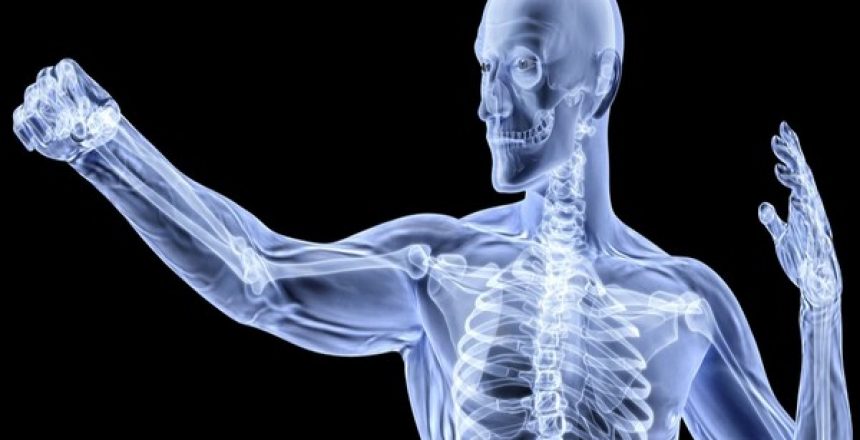


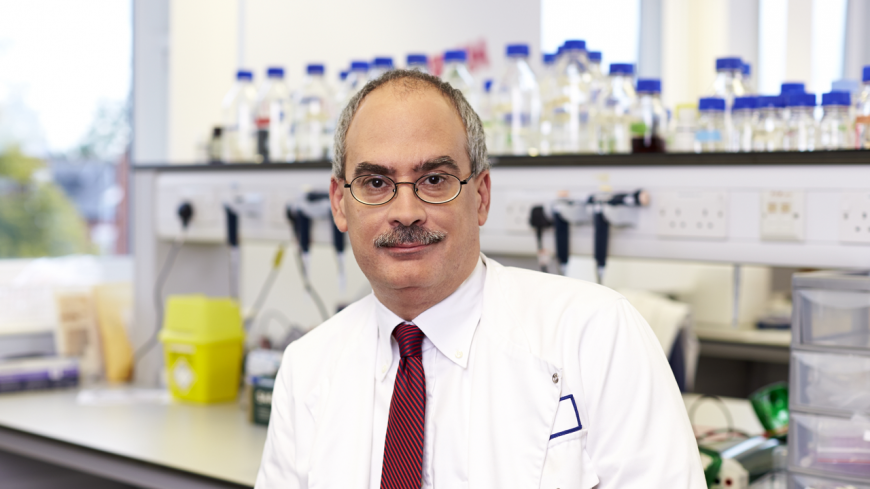
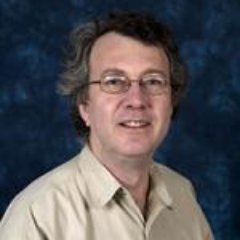
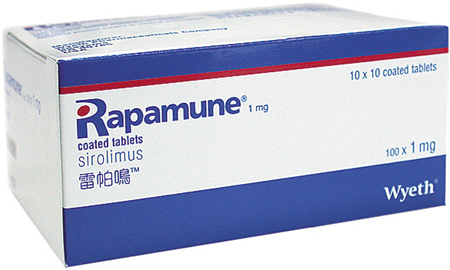



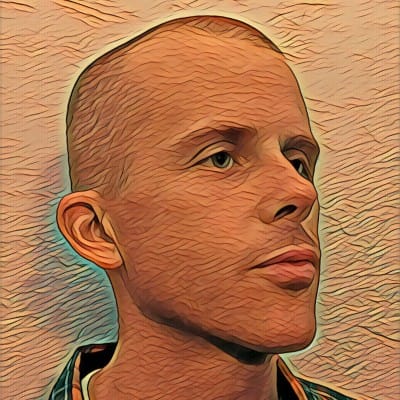

4 Comments
Nice post as always, good to know about Osteocalcin, also the K2.
Sorry off topic a little bit, but certainly along your same line of thinking, Sardi has a new article about Iron and Zinc interaction, it is towards the end of this lengthy post on Zinc but there is a lot of good info.
https://knowledgeofhealth.com/the-hidden-mineral-deficiency-that-induces-hypertension/
Zinc may reduce ferritin levels.
Ferritin is tied to blood sugar, BP, hypertension, diabetes, heart disease and insulin
Wow, great article. I’ve never seen mention of these relationships mentioned anywhere else. That’s why I dig this blog. So now we have another reason to lift weights.
One thing I wondered about — looking at that chart up there, it appeared that serum osteocalcin indeed went up for the first couple of months of resistance training…but then started to go back down somewhat. Any thoughts on why that might occur? Perhaps there is a “newbie effect” that involves a blast of osteocalcin when someone first starts lifting, but that effect diminishes over time?
Thanks, Joshua. Seems like a newbie effect could well be behind that; just as the anabolic effect of lifting on muscles is strongest for beginners, maybe the same goes for bones.
This is timely, because just yesterday a girl recommended that I make bone broth. She cooks it for twelve hours, but I have found recipes online for eight hours. With a pressure cooker it takes 1.5 hours, apparently. I guess that bone broth could extract osteocalcin. Though looking at the finished product in YouTube videos, I’ll make sure to eat it as a soup with plenty of vegetables, pepper and salt.